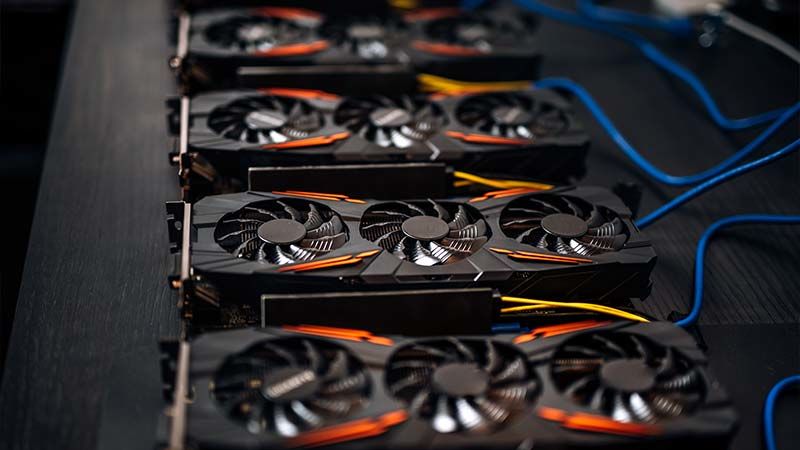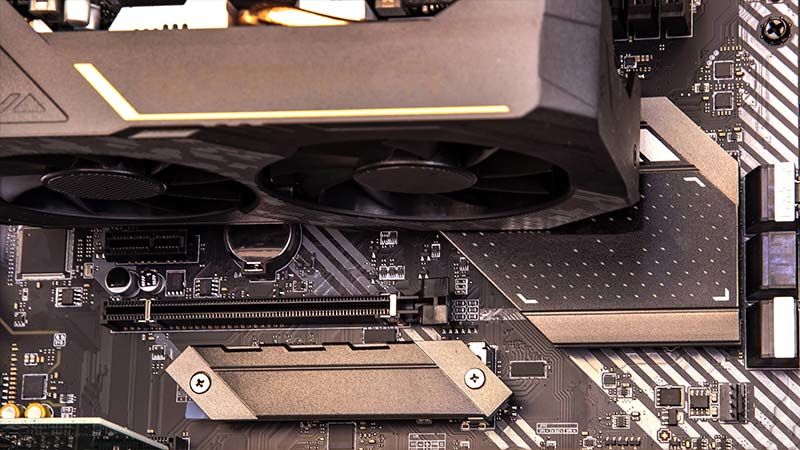Easily follow the steps to learn your graphics card model. Find out the model of your graphics card quickly and safely with Device Manager and system settings.
The graphics card is one of the main components that manages graphics operations in a computer system. It is critical for visual-intensive processes such as games, video editing, and graphic design. Learning the graphics card modeldirectly impacts user experience in terms of performance, compatibility and price. An up-to-date and powerful graphics card provides users with an uninterrupted and high-quality experience by offering faster processing capacity and high-resolution images.
You can follow the steps below to find out the graphics card model on your computer.
- Search in Taskbar: Type “Device Manager” in the search section on your computer’s taskbar and click on the result.
- Open Device Manager: The Device Manager window will open.
- Find Graphics Cards: In the Device Manager list, find the heading “Display adapters” or “Display adapters” and click on it.
- See Your Graphics Card Model: Under this section, the video card(s) installed on your computer will be listed. You can see the model of your graphics card here.
Learning Graphics Card Model
Basic Features of Graphics Card Models
- GPU Core: It is one of the most important features that directly affects the performance of the graphics card.
- Memory (VRAM): The amount and type of video RAM determines how much data can be stored in games and heavy graphics operations.
- Resolution and Refresh Rate Support: The maximum resolution and refresh rate supported by the graphics card are especially important for games.
- Connection Options: Various outputs such as HDMI, DisplayPort affect compatibility with multiple monitor use and various display technologies.
You May Be Interested In: How to Update NVIDIA Graphics Card?
Things to Consider When Choosing a Graphics Card
- Purpose of usage: Needs such as gaming, professional graphic design, daily use require different models.
- Budget: Higher performance usually means higher price. Choose the model that offers the best performance within your budget.
- System Compatibility: Make sure your motherboard and power supply are compatible with the graphics card you choose.
- Cooling and Size: Choosing a graphics card suitable for your case size and having an effective cooling system will ensure the long life of your system.
Ways to Find out the Graphics Card Model
Knowing your graphics card model can be important for system updates, meeting game or application requirements, and potential upgrades. There are several ways to determine the model of your graphics card.

Learning Graphics Card Model
Viewing Graphics Card Information Using Software
Many third-party software on the market provide detailed information about your graphics card and other system components. For example, GPU-Z, Speccy or MSI Afterburner Programs such as can display basic information such as your video card model, GPU cores, amount of memory and more. These programs generally offer user-friendly interfaces, allowing you to easily check your information.
Model Recognition with Hardware IDs
You can find the hardware ID of your graphics card using Device Manager and determine which model it is by searching this information on the internet. Hardware IDs are unique identifiers that usually include the device’s manufacturer and model number. This method can be especially useful when you want to update drivers or need specialized hardware information.
Accessing Graphics Card Information from Operating System Settings
You can see the model and other features of your video card in the settings section of your operating system. You can go to “Device Manager” in Windows and see the name of your video card under “Display adapters”. MacOS users can go to “About This Mac”, select “System Report” and get information about their graphics cards from the “Graphics/Video” section. Linux users can access video card information with various commands via the terminal. These methods are easy ways to get quick and direct information about your graphics card.

Learning Graphics Card Model
Understanding Graphics Card Features
Understanding graphics card specifications helps you choose the right hardware to meet your performance needs. The two most important features are as follows.
Core Speed and Memory Capacity
- Core Clock: It is the processor speed of the graphics card and is usually measured in MHz. The higher the core speed, the faster the graphics processor can process data, which generally means better performance.
- Memory Capacity (VRAM): The memory of the graphics card temporarily stores the data of games and applications. The amount of VRAM is important for high resolutions and detailed graphics. More VRAM provides smoother performance at better resolutions and more complex visual effects.

Learning Graphics Card Model
Cooling Systems and Power Consumption
- Cooling Systems: Graphics cards need an effective cooling system to maintain high performance. Various cooling technologies are available, including passive cooling, active cooling, and liquid cooling. A good cooling system extends the life of the graphics card and maximizes its performance.
- Power consumption: Graphics cards consume a significant amount of energy in the system. Power consumption affects your PSU (Power Supply Unit) choice and overall system energy needs. Choosing an energy-efficient graphics card can help reduce electricity bills and increase your system stability in the long run.
